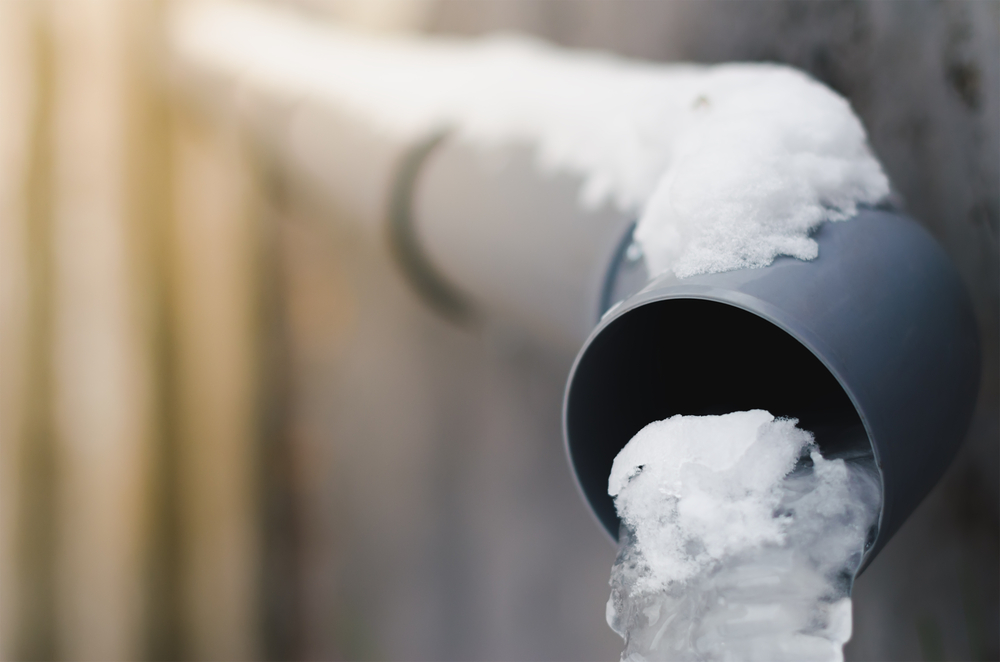Tips to Safeguard Your Pipes from Cold Weather: Professional Tips
Tips to Safeguard Your Pipes from Cold Weather: Professional Tips
Blog Article
Right here underneath you might get some dependable advice about How To Avoid Freezing Pipes.

Cold weather can damage your plumbing, especially by freezing pipelines. Below's just how to stop it from happening and what to do if it does.
Introduction
As temperatures decrease, the threat of frozen pipelines increases, possibly leading to pricey repairs and water damages. Understanding how to stop icy pipelines is crucial for house owners in chilly climates.
Understanding Frozen Pipelines
What triggers pipes to freeze?
Pipelines ice up when subjected to temperature levels below 32 ° F (0 ° C) for expanded periods. As water inside the pipelines ices up, it increases, taxing the pipeline wall surfaces and potentially triggering them to burst.
Threats and problems
Frozen pipes can cause water system interruptions, residential property damage, and costly fixings. Burst pipes can flood homes and cause comprehensive architectural damage.
Signs of Frozen Pipeline
Identifying icy pipes early can stop them from bursting.
Just how to recognize icy pipes
Search for decreased water flow from faucets, uncommon smells or sounds from pipes, and visible frost on exposed pipes.
Avoidance Tips
Shielding prone pipes
Cover pipelines in insulation sleeves or utilize warmth tape to secure them from freezing temperature levels. Focus on pipelines in unheated or outside areas of the home.
Home heating methods
Keep indoor spaces sufficiently heated up, especially areas with pipes. Open closet doors to enable warm air to circulate around pipelines under sinks.
Protecting Outside Plumbing
Yard hoses and exterior taps
Separate and drain pipes yard pipes before winter season. Install frost-proof spigots or cover exterior taps with protected caps.
What to Do If Your Pipes Freeze
Immediate actions to take
If you believe icy pipes, maintain taps open to relieve stress as the ice melts. Use a hairdryer or towels taken in hot water to thaw pipelines slowly.
Long-Term Solutions
Architectural modifications
Think about rerouting pipes away from outside wall surfaces or unheated locations. Add added insulation to attic rooms, cellars, and crawl spaces.
Upgrading insulation
Buy high-grade insulation for pipelines, attic rooms, and walls. Correct insulation helps keep consistent temperature levels and lowers the threat of frozen pipes.
Final thought
Protecting against icy pipelines calls for proactive steps and quick actions. By recognizing the reasons, indicators, and preventive measures, homeowners can safeguard their pipes throughout winter.
5 Ways to Prevent Frozen Pipes
Drain Outdoor Faucets and Disconnect Hoses
First, close the shut-off valve that controls the flow of water in the pipe to your outdoor faucet. Then, head outside to disconnect and drain your hose and open the outdoor faucet to allow the water to completely drain out of the line. Turn off the faucet when done. Finally, head back to the shut-off valve and drain the remaining water inside the pipe into a bucket or container. Additionally, if you have a home irrigation system, you should consider hiring an expert to clear the system of water each year.
Insulate Pipes
One of the best and most cost-effective methods for preventing frozen water pipes is to wrap your pipes with insulation. This is especially important for areas in your home that aren’t exposed to heat, such as an attic. We suggest using foam sleeves, which can typically be found at your local hardware store.
Keep Heat Running at 65
Your pipes are located inside your walls, and the temperature there is much colder than the rest of the house. To prevent your pipes from freezing, The Insurance Information Institute suggests that you keep your home heated to at least 65 degrees, even when traveling. You may want to invest in smart devices that can keep an eye on the temperature in your home while you’re away.
Leave Water Dripping
Moving water — even a small trickle — can prevent ice from forming inside your pipes. When freezing temps are imminent, start a drip of water from all faucets that serve exposed pipes. Leaving a few faucets running will also help relieve pressure inside the pipes and help prevent a rupture if the water inside freezes.
Open Cupboard Doors
Warm your kitchen and bathroom pipes by opening cupboards and vanities. You should also leave your interior doors ajar to help warm air circulate evenly throughout your home.

I stumbled upon that page about 6 Ways to Prevent Frozen Pipes when exploring the internet. Appreciated our write-up? Please share it. Help somebody else check it out. We take joy in your readership.
Book Your Appointment Report this page